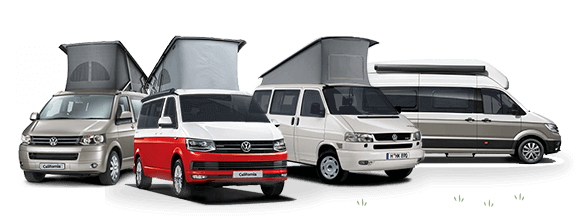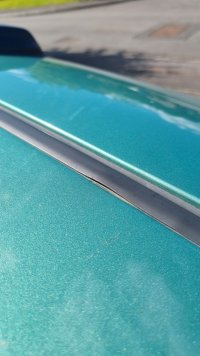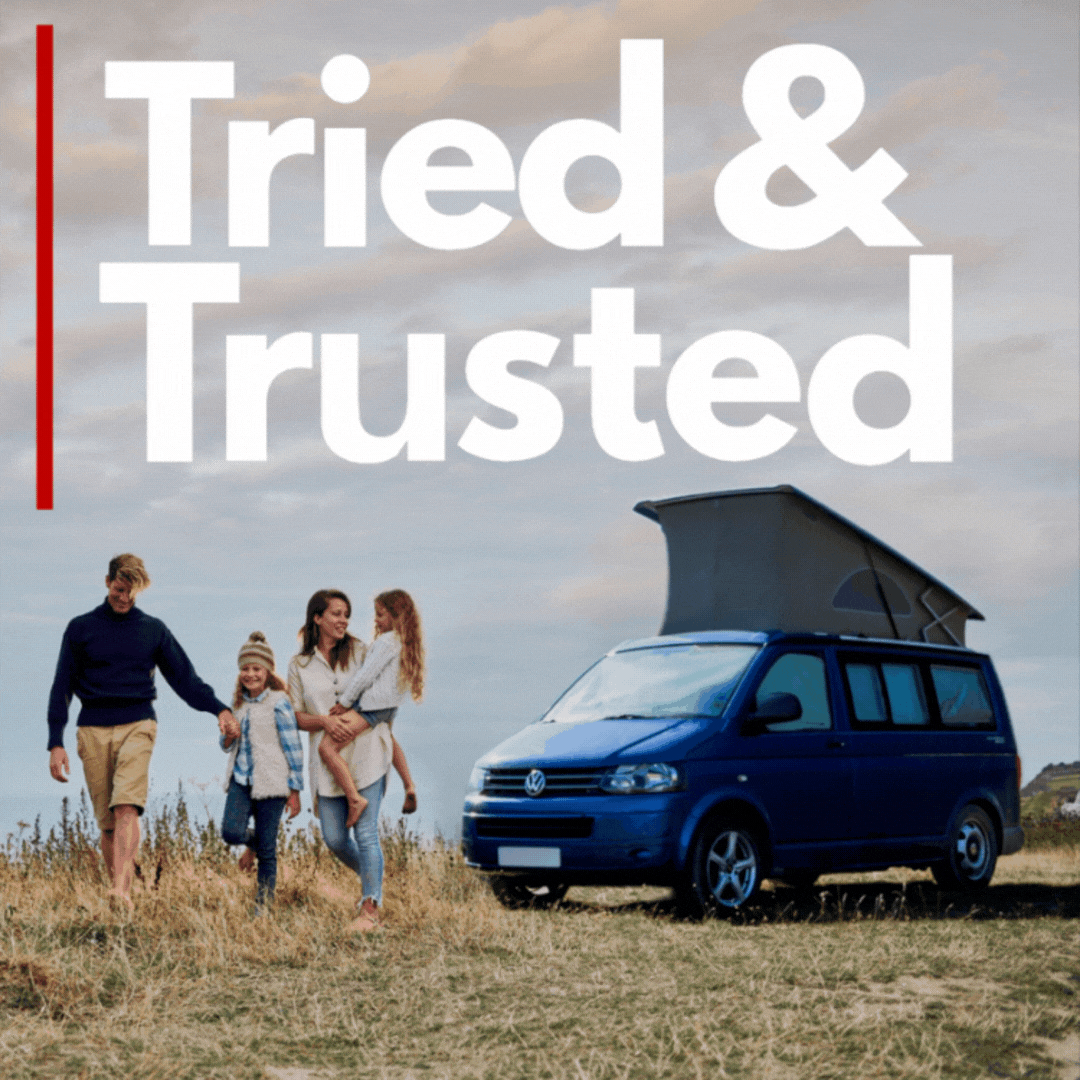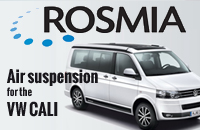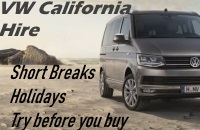M
MisterTea
VIP Member
- Messages
- 183
- Location
- Peak District, UK
So. The T5 had roof corrosion.
Seems the T6 has the same issue.
Any insight into any changes they should have applied to the way the T6.1 has been built that would/should stop the issue appearing on the 6.1?
Anyone taken a close look at this yet?
Sent from my iPhone using Tapatalk
Seems the T6 has the same issue.
Any insight into any changes they should have applied to the way the T6.1 has been built that would/should stop the issue appearing on the 6.1?
Anyone taken a close look at this yet?
Sent from my iPhone using Tapatalk

